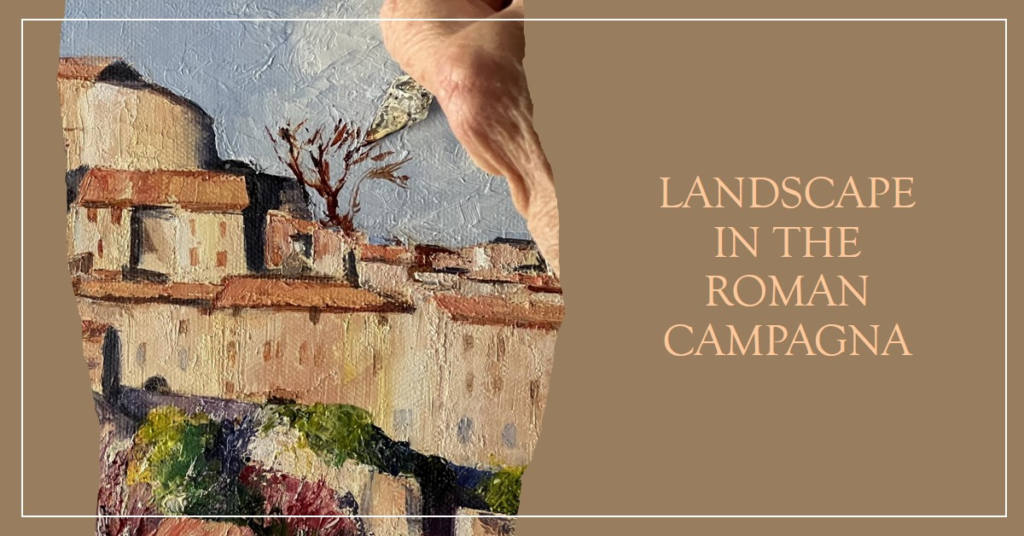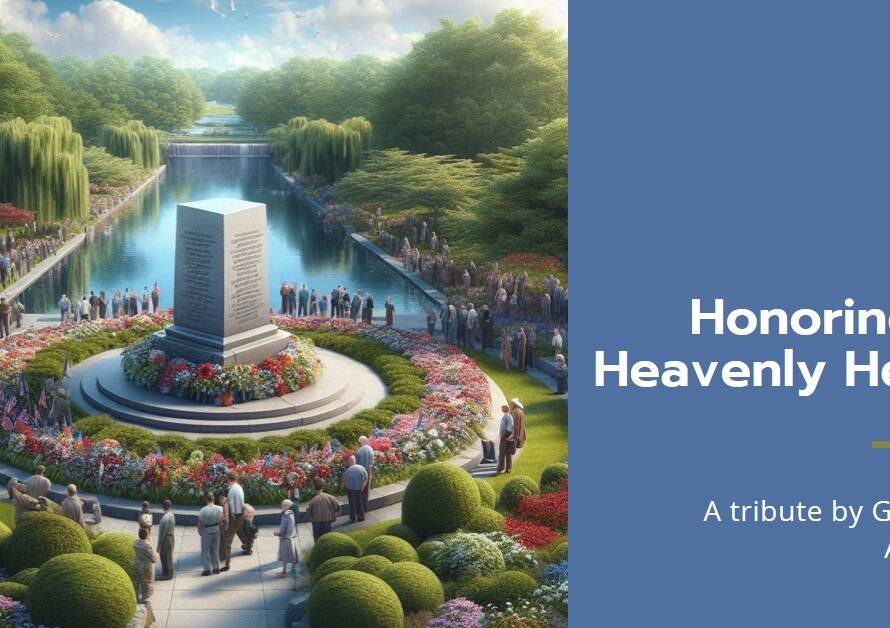
Table of Contents
- Introduction:
- 1.The Allure of the Roman Campagna
- 2. The Beginnings: Classical Inspiration and Renaissance Revivals
- 3. Claude Lorrain: Master of Light and Atmosphere
- 4. Nicolas Poussin: Classical Themes and Structured Composition
- 5. Salvator Rosa: Romanticism and the Sublime
- 6. The Dutch Influence: Jan Both and Herman van Swanevelt
- 7. Giovanni Paolo Panini: Architectural Grandeur and the Picturesque
- 8. The 19th Century: A Shift Towards Naturalism
- 9. Conclusion: The Enduring Legacy of the Roman Campagna
Introduction:
The Roman Campagna, a picturesque expanse of pastoral beauty surrounding Rome, has inspired countless artists over the centuries. This blog delves into the lives and works of those who have immortalized its serene landscapes on canvas.
1.The Allure of the Roman Campagna
The Roman Campagna, a vast, undulating countryside that stretches from the hills of Rome to the Tyrrhenian Sea, has captivated artists for centuries. Its unique combination of natural beauty, historical ruins, and tranquil ambiance provided an irresistible allure for painters seeking to capture the essence of the Italian landscape.
Many artists, both Italian and foreign, have been drawn to the Campagna, each bringing their own perspective and style to its depiction. This blog explores the key figures who painted the Roman Campagna, examining their contributions to landscape painting and the influence this region had on their work.
2. The Beginnings: Classical Inspiration and Renaissance Revivals
The fascination with the Roman Campagna dates back to antiquity, but it was during the Renaissance that this landscape began to gain significant attention from artists. During this period, painters like Annibale Carracci began to explore the Campagna as a subject in their work.
Carracci’s landscapes were characterized by a harmonious balance between nature and classical architecture, reflecting the Renaissance ideals of beauty and proportion. His work laid the groundwork for future artists who would continue to explore and depict the Roman Campagna in their art.
3. Claude Lorrain: Master of Light and Atmosphere
Claude Lorrain, a French painter who spent most of his life in Italy, is one of the most celebrated landscape artists of the Roman Campagna. Lorrain’s work is renowned for its depiction of light and atmosphere, capturing the ethereal quality of the Campagna’s natural beauty.
Lorrain’s paintings often feature pastoral scenes bathed in golden light, with ancient ruins and distant mountains providing a timeless backdrop. His meticulous attention to detail and ability to convey the transient effects of light made his work immensely popular and influential.
4. Nicolas Poussin: Classical Themes and Structured Composition
Another prominent French artist who painted the Roman Campagna was Nicolas Poussin. Unlike Lorrain, Poussin’s approach to landscape painting was more structured and formal, reflecting his classical training and interest in historical and mythological themes.
Poussin’s landscapes are characterized by their precise composition and classical references, often depicting scenes from mythology or ancient history set against the backdrop of the Roman Campagna. His work exemplifies the integration of natural beauty with intellectual and cultural themes.


5. Salvator Rosa: Romanticism and the Sublime
Salvator Rosa, an Italian painter known for his dramatic and imaginative landscapes, brought a different perspective to the Roman Campagna. His work is often associated with the Romantic movement, emphasizing the sublime and the emotive power of nature.
Rosa’s landscapes of the Campagna are infused with a sense of mystery and grandeur, featuring rugged terrain, stormy skies, and ancient ruins. His ability to evoke the emotional and spiritual aspects of the landscape set his work apart from his contemporaries.
6. The Dutch Influence: Jan Both and Herman van Swanevelt
The allure of the Roman Campagna also attracted Dutch artists, who brought their own distinctive style to its depiction. Jan Both and Herman van Swanevelt are notable examples of Dutch painters who were influenced by the Italian landscape.
Jan Both’s work is characterized by its warm, golden light and harmonious compositions, reflecting the influence of Claude Lorrain. His landscapes often depict the Roman Campagna with a sense of idyllic tranquility and natural beauty.
Herman van Swanevelt, another Dutch artist, also painted the Campagna, focusing on the interplay of light and shadow. His work often features picturesque rural scenes, capturing the serene and pastoral quality of the Campagna’s landscape.
7. Giovanni Paolo Panini: Architectural Grandeur and the Picturesque
Giovanni Paolo Panini, an Italian painter and architect, is best known for his vedute, or detailed views, of Rome and its surroundings. Panini’s work often features the Roman Campagna, blending its natural beauty with the grandeur of classical architecture.
Panini’s landscapes are characterized by their meticulous attention to architectural detail and the picturesque arrangement of natural and man-made elements. His paintings offer a glimpse into the historical and cultural significance of the Roman Campagna.
8. The 19th Century: A Shift Towards Naturalism
In the 19th century, the depiction of the Roman Campagna underwent a transformation as artists began to embrace naturalism. This period saw a shift away from idealized representations towards a more realistic and detailed portrayal of the landscape.
Artists like Jean-Baptiste-Camille Corot and Thomas Cole captured the Campagna with an emphasis on its natural beauty and atmospheric effects. Their work reflects a growing appreciation for the authenticity and simplicity of the rural landscape.
9. Conclusion: The Enduring Legacy of the Roman Campagna
The Roman Campagna has left an indelible mark on the history of landscape painting. From the Renaissance to the 19th century, this region has inspired countless artists, each contributing to the rich tapestry of its artistic representation.
The legacy of these artists continues to influence contemporary landscape painting, reminding us of the timeless beauty and cultural significance of the Roman Campagna. As we look back on the works of these painters, we gain a deeper appreciation for the enduring allure of this remarkable landscape.
Reflecting on the Campagna’s Influence
The Roman Campagna’s allure is not just in its scenic beauty but also in its ability to inspire diverse artistic expressions. From the classical themes of Poussin to the romanticism of Rosa, and the naturalism of Corot, the Campagna has provided a canvas for artists to explore different styles and themes.
The Campagna Today
Today, the Roman Campagna continues to attract artists, photographers, and tourists, all seeking to capture and experience its timeless beauty. While modern development has encroached upon some parts of the Campagna, efforts to preserve its natural and historical landscape are ongoing, ensuring that future generations can also be inspired by this enchanting region.



